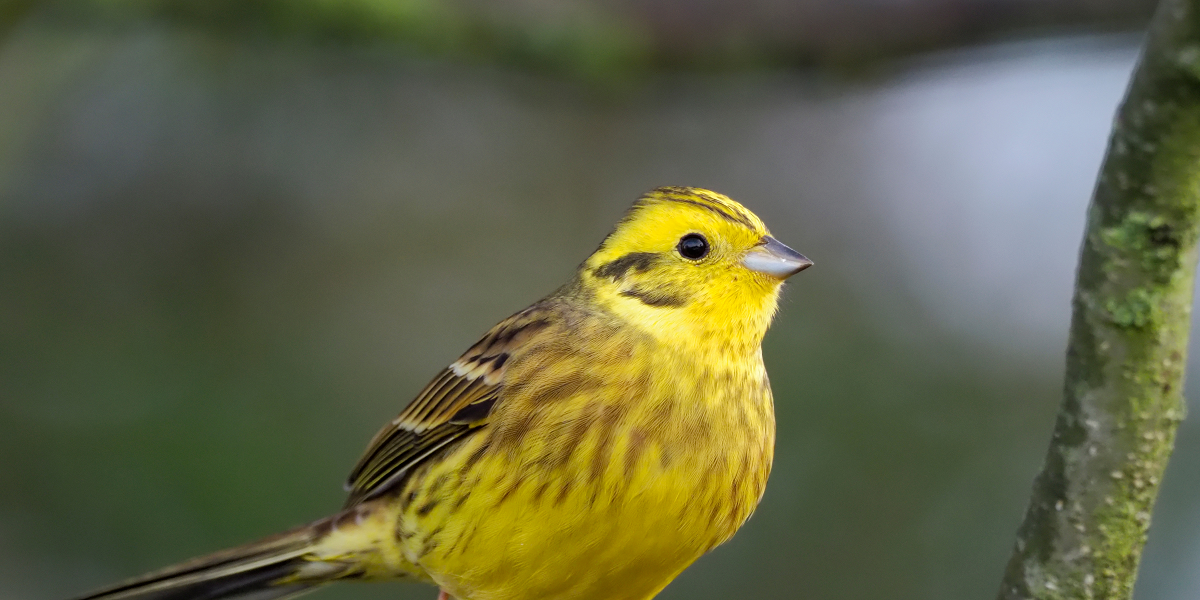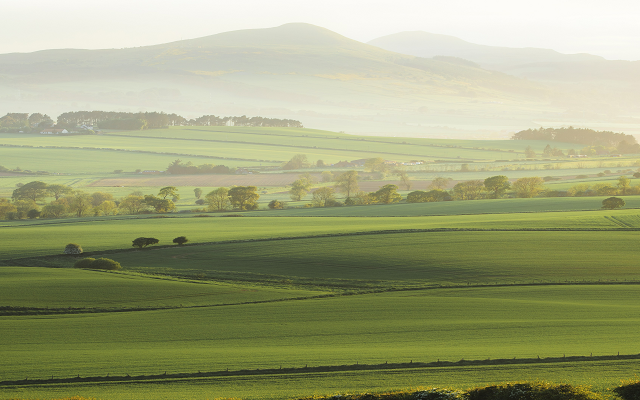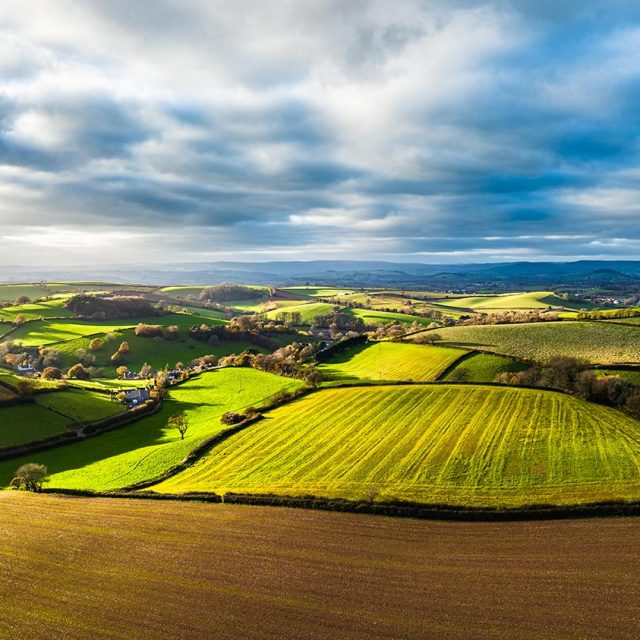5 tips for a more nature-friendly environment scheme application
It is this time of the year again when farmers and land managers are designing environmental schemes to suit their land and farming operations ahead of the Countryside Stewardship Scheme (CSS) deadline next month (18 August). On top of this, the new SFI 2023 standards launching soon are giving applicants many more options to consider than in previous years.
Income from agri-environment schemes is a useful top-up to farm income but they can also play a major part in preserving and restoring natural habitats. With increasing concerns around the impacts of climate change and biodiversity loss, it has never been a more appropriate time to farm our land whilst enhancing the natural environment around it. We have put together five tips to guide you in embracing a nature-friendly approach to designing a CSS agreement.
1. Create an environment on the farm in which pollinators can thrive
Simple management actions can help create a thriving environment which will attract pollinators. For example, cutting grass less often and leaving areas of the farm undisturbed for periods at a time. Options under CSS include taking small areas out of management (GS1) and grassland with very low inputs (GS2), both of which can provide food and shelter for invertebrates and birds. By also including legume and herb-rich swards (GS4) in your application, you can establish a vigorous sward featuring some wildflower, herbs and legumes which can be grazed, while also providing food for crop pollinators and helping to improve soil structure.
2. Manage the land in a way to support priority habitat and native species
Supporting biodiversity during the winter is key to it thriving all year round. Over-winter feeding options such as AB9 and AB12 provide food sources for farmland birds and, combined with the establishment of flower-rich habitats (AB1 and AB8), they can increase the abundance of invertebrates whilst supporting pollinators. It is even more beneficial if these options can be located adjacent to thick hedges. CSS has many options that protect priority species, such as GS10 to provide habitats in wet grassland for wintering wildfowl and wading birds, and SP4 to support the active management and eradication of non-native species such as Japanese knotweed and Himalayan balsam. Having a look on Magic Map by selecting the filter ‘priority species for CS targeting’ can give you an idea of whether any priority species in your locality need support.
3. Create wildlife corridors around the farm
Joining up existing habitats on the farm helps to create wildlife corridors throughout the landscape. Establishing buffer strips alongside field margins (SW1, SW2 or SW4), as well as managing hedgerows (BE3) all help with creating green spaces allowing wildlife to move around safely and find food all year around. Moreover, having a structural diversity of hedges across the farm is key to boosting bird species as different species like different hedge thickness and height. For example, turtle doves like tall, thick hedges with plenty of hedgerow trees whereas yellow hammers prefer short hedges with fewer trees. Hedge laying (BN5), coppicing (BN6) and planting hedgerow trees (TE1) can all support biodiversity within hedges by making them thicker, with less gaps and provide shelter, food and nesting opportunities.
4. Protect water features from run-offs and livestock poaching
Buffer strips, as well as acting as wildlife corridors, can also prevent soil run-off and protect watercourses from potential pollution, whilst also preventing soil erosion and supporting a better soil structure. Buffer strips options for arable land (SW1 or SW4) and for grassland (SW2) combined with fencing (capital grant FG1) protect soils from livestock poaching and the deterioration of stream and riverbanks. Under Catchment Sensitive Farming, there are many options available to protect water bodies and prevent any pollution from reaching them. For instance, farmers can request capital grants for lined biobeds (RP25) to treat pesticide residues, preventing them from entering drains and water bodies. Additional funding is available to add a pesticide loading and washdown area to the biobed (RP24). Although the deadline has now passed to apply for Mid-Tier options that require Catchment Sensitive Farming Officer approval, it is possible to apply for these capital items under CSS Capital Grants, which are open for applications all year round.
5. Protect your soils by including winter cover in your rotation and minimising bare soils
Establishing cover crops (SW6) and legume fallow (AB15) can help control nitrogen leaching and boost organic matter, as well as reduce the risk of run-off by minimising bare soil area. Moreover, legume fallow land provides food for farmland wildlife and can help tackle blackgrass problems.
A useful exercise to undertake if you want your environmental scheme to deliver benefits to both your farming business and to nature is to put together a Farm Conservation Plan. For it to be successful, it is crucial that you take into consideration the short- and long-term objectives of the farming business, identify current habitats and features already on the farm to protect, enhance and connect. If you would like some help with putting together such a plan, some members of our farming team are Basis-certified Environmental Advisers. So do get in touch with Dan Jones or Marie Charles for further advice on this and for any questions related to agri-environment schemes.






